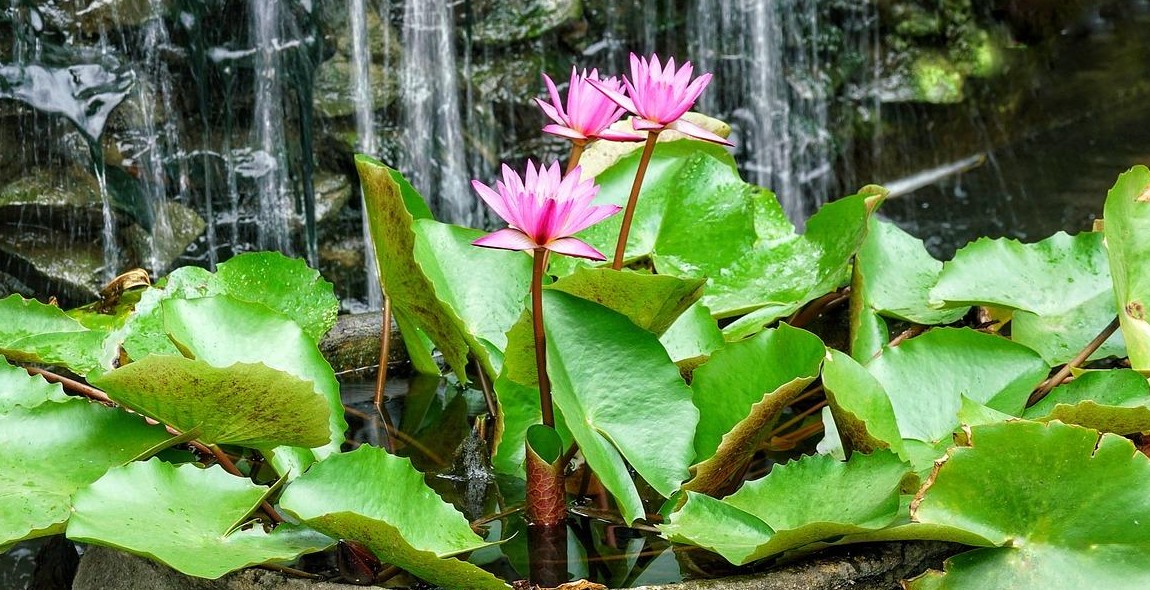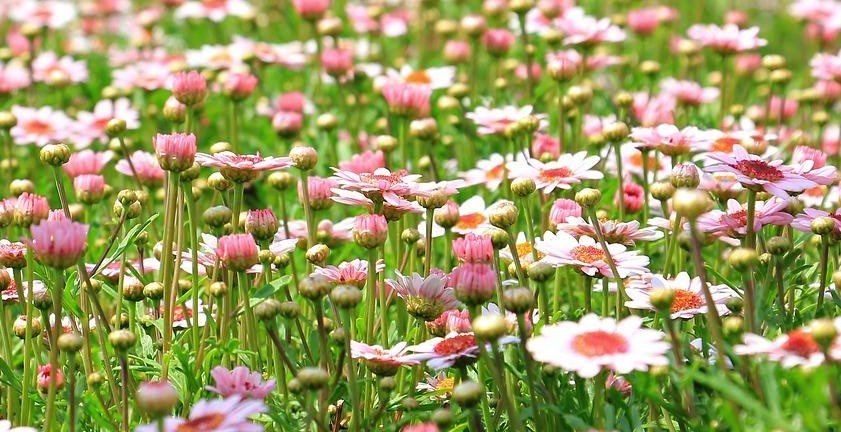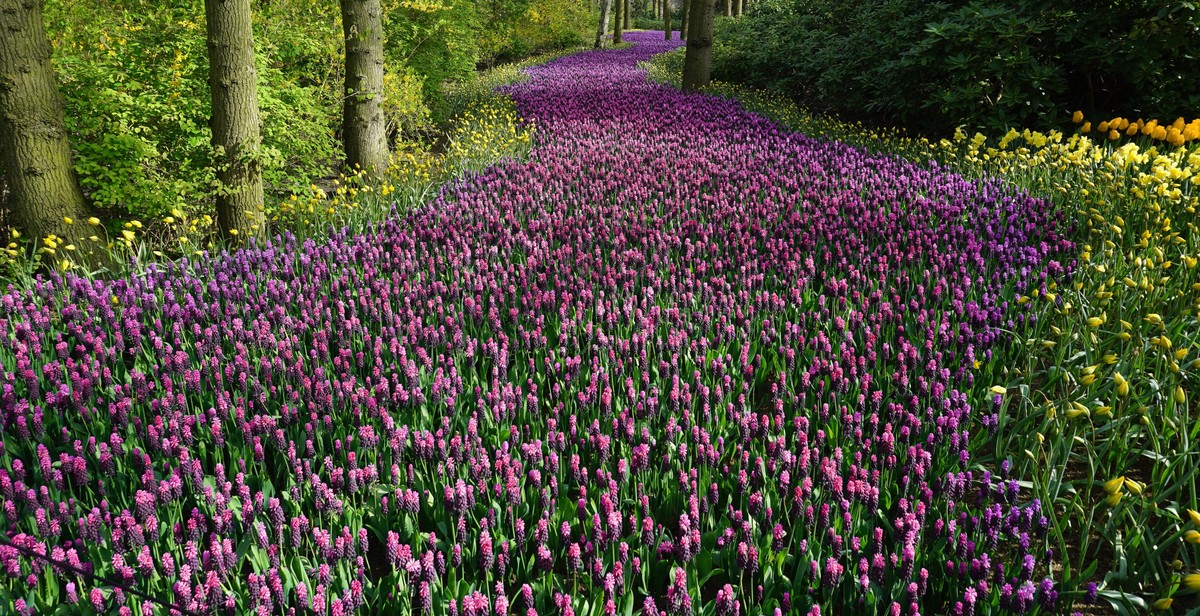Introduction: Designing a Lush and Serene Outdoor Space
A beautiful garden is a source of pride and joy for many homeowners. It is a place where you can relax, unwind, and connect with nature. A well-designed garden can also enhance the curb appeal of your home and increase its value. Whether you want to create a peaceful retreat, a place to entertain guests, or a vibrant space filled with color and texture, designing a garden that meets your needs and preferences requires careful planning and execution.
Why a Beautiful Garden is Important
A beautiful garden has numerous benefits for your physical, mental, and emotional well-being. It provides a space for outdoor activities, such as gardening, exercising, and socializing, which can improve your physical health and reduce stress. A garden also has a positive impact on your mental health, as it promotes relaxation, mindfulness, and creativity. Additionally, a well-designed garden can increase the value of your property and enhance the overall aesthetic appeal of your home.
Whether you are a seasoned gardener or a beginner, this article will provide you with valuable tips and insights on how to create a beautiful garden that reflects your personal style and preferences. From selecting the right plants and materials to creating a layout that maximizes space and functionality, we will guide you through the process of designing a lush and serene outdoor space that you can enjoy for years to come.
Planning Your Garden
Before you start creating your dream garden, it is important to plan it out carefully. Here are three essential steps to take:
Assess Your Space
The first step in planning your garden is to assess your space. Take a good look at your outdoor area and consider the following factors:
- Size and shape of your space
- Amount of sunlight and shade
- Soil quality
- Drainage
- Existing plants and trees
By considering these factors, you can determine what type of plants and features will work best in your garden.
Determine Your Garden Style
Once you have assessed your space, it’s time to determine your garden style. You may want a formal garden with structured hedges and symmetrical plantings, or a cottage garden with a mix of flowers and vegetables. Some other popular garden styles include:
- Japanese
- Mediterranean
- Tropical
- Xeriscape
Choose a style that suits your personal taste and complements your home’s architecture.
Set a Budget
Creating a beautiful garden can be expensive, so it’s important to set a budget before you start. Determine how much you can afford to spend on plants, hardscaping, and other features. Consider using inexpensive materials like pea gravel or recycled bricks for paths and patios, and opt for easy-to-grow plants that won’t break the bank.
| Tips: |
|---|
| Consider hiring a professional landscaper to help you design and install your garden. They can offer valuable advice and ensure that your garden is beautiful and functional. |
By taking these steps, you can create a beautiful and functional garden that you’ll enjoy for years to come.

Choosing Plants and Features
When designing a garden, choosing the right plants and features is crucial to creating a lush and serene outdoor space. Here are some tips on how to choose the perfect plants and features for your garden:
Select Plants for Your Climate
One of the most important factors to consider when choosing plants for your garden is your climate. It’s essential to choose plants that are suited for the weather conditions in your area. Plants that are not adapted to your climate will struggle to survive and may require more maintenance. Research the plants that are native to your area, or speak to a local gardening expert for advice on which plants will thrive in your climate.
Incorporate Hardscaping Elements
In addition to plants, incorporating hardscaping elements such as pathways, walls, and water features can add visual interest to your garden. Hardscaping elements can also provide structure and organization to your garden, creating defined spaces for different activities. When choosing hardscaping elements, consider the style of your home and garden, as well as your personal taste.
Create Focal Points
Creating focal points in your garden can draw the eye and add interest to your outdoor space. Focal points can be created with plants, hardscaping elements, or outdoor decor. Examples of focal points include a beautiful tree, a water feature, or a sculpture. When choosing a focal point, consider the size of your garden and the overall design. A well-placed focal point can make a small garden feel larger and more inviting.
- Choose plants that are suited to your climate
- Incorporate hardscaping elements for visual interest and structure
- Create focal points to draw the eye and add interest to your garden
By selecting the right plants and features for your garden, you can create a beautiful and serene outdoor space that you can enjoy for years to come.

Preparing and Planting
Creating a beautiful garden requires careful planning and preparation. Here are some tips for preparing and planting your garden:
Prepare the Soil
The first step in preparing your garden is to prepare the soil. The soil should be loose, well-draining, and nutrient-rich. Start by removing any weeds or debris from the area where you plan to plant. Then, use a garden fork or tiller to loosen the soil to a depth of at least 6 inches. If the soil is compacted, you may need to add some organic matter, such as compost, to improve its texture and fertility. A soil test can also help you determine if you need to add any additional nutrients or adjust the pH level.
Plant Your Garden
Once you have prepared the soil, it’s time to plant your garden. Start by selecting plants that are well-suited to your climate and growing conditions. Consider the amount of sunlight, water, and soil nutrients required by each plant. You can plant seeds, seedlings, or mature plants, depending on your preference. Be sure to space your plants according to their mature size and give them plenty of room to grow. You can also create visual interest by mixing different colors, textures, and heights of plants.
Water and Fertilize
After planting your garden, it’s important to water and fertilize your plants regularly. Water deeply and thoroughly, but avoid over-watering, which can lead to root rot and other problems. Fertilize your plants with a balanced, slow-release fertilizer to provide them with the nutrients they need to grow strong and healthy. You can also use organic fertilizers, such as compost or manure, to improve soil fertility and promote healthy plant growth.
By following these tips for preparing and planting your garden, you can create a beautiful and thriving outdoor space that you can enjoy for years to come.

Maintaining Your Garden
Creating a beautiful garden is not just about designing a lush and serene outdoor space, but also about maintaining it regularly. Here are some tips to help you keep your garden in top shape:
Weed and Prune Regularly
Weeds are the bane of any gardener’s existence. They not only look unsightly but also compete with your plants for nutrients and water. Make sure to weed your garden regularly to keep it looking neat and tidy. You can use a hoe or a hand tool to get rid of weeds, or you can apply mulch to suppress their growth.
Pruning is another important aspect of maintaining your garden. It helps to promote healthy growth and prevents your plants from becoming overcrowded. Prune your plants regularly to remove dead or diseased branches, and to shape them according to your desired design.
Monitor for Pests and Diseases
Pests and diseases can wreak havoc on your garden if left unchecked. Keep an eye out for any signs of infestation or damage, such as holes in leaves or chewed-up stems. You can also use traps or natural predators to control pests, or apply organic pesticides to prevent further damage.
Diseases can be more difficult to manage, but you can take preventive measures such as planting disease-resistant varieties and avoiding overwatering your plants. If you notice any signs of disease, remove the affected plant or part of it to prevent it from spreading to other plants.
Seasonal Maintenance
As the seasons change, so do the needs of your garden. Make sure to adjust your maintenance routine accordingly. In spring, you may need to fertilize your plants and prepare your soil for planting. In summer, you may need to water your plants more frequently and provide shade for those that are sensitive to heat. In fall, you may need to prune your plants to prepare them for winter, and in winter, you may need to protect your plants from frost and snow.
By following these tips, you can maintain a beautiful garden that will provide you with joy and relaxation for years to come.
Conclusion
Creating a beautiful garden is an enjoyable and fulfilling experience that can bring peace and serenity to your outdoor space. It requires proper planning, a good eye for design, and a bit of patience. By following the tips outlined in this article, you can design a lush and serene outdoor space that will enhance the beauty of your home.
Enjoy Your Beautiful Garden
Once you have created your beautiful garden, it’s time to sit back and enjoy it. Take the time to appreciate the beauty of the flowers, the tranquility of the water feature, and the serenity of the natural surroundings. Your garden is a reflection of your personality and your love of nature, so take pride in it and share it with others.
Maintain Your Garden
Maintaining your garden is essential to keeping it beautiful. Regular watering, pruning, and fertilizing will keep your plants healthy and vibrant. Don’t forget to weed your garden regularly to prevent unwanted plants from taking over.
Get Creative
Don’t be afraid to get creative with your garden design. Try incorporating unique features like sculptures, fountains, or even a small pond. Experiment with different plant combinations to create a one-of-a-kind look.
Share Your Garden
Finally, share your beautiful garden with others. Invite friends and family over for a garden party or simply enjoy a quiet morning coffee surrounded by the beauty of nature. Your garden is a place of peace and tranquility, and sharing it with others can bring joy to everyone involved.
In conclusion, creating a beautiful garden is a wonderful way to enhance the beauty of your home and bring peace and serenity to your outdoor space. With a bit of planning, patience, and creativity, you can create a garden that will be the envy of your neighborhood.
